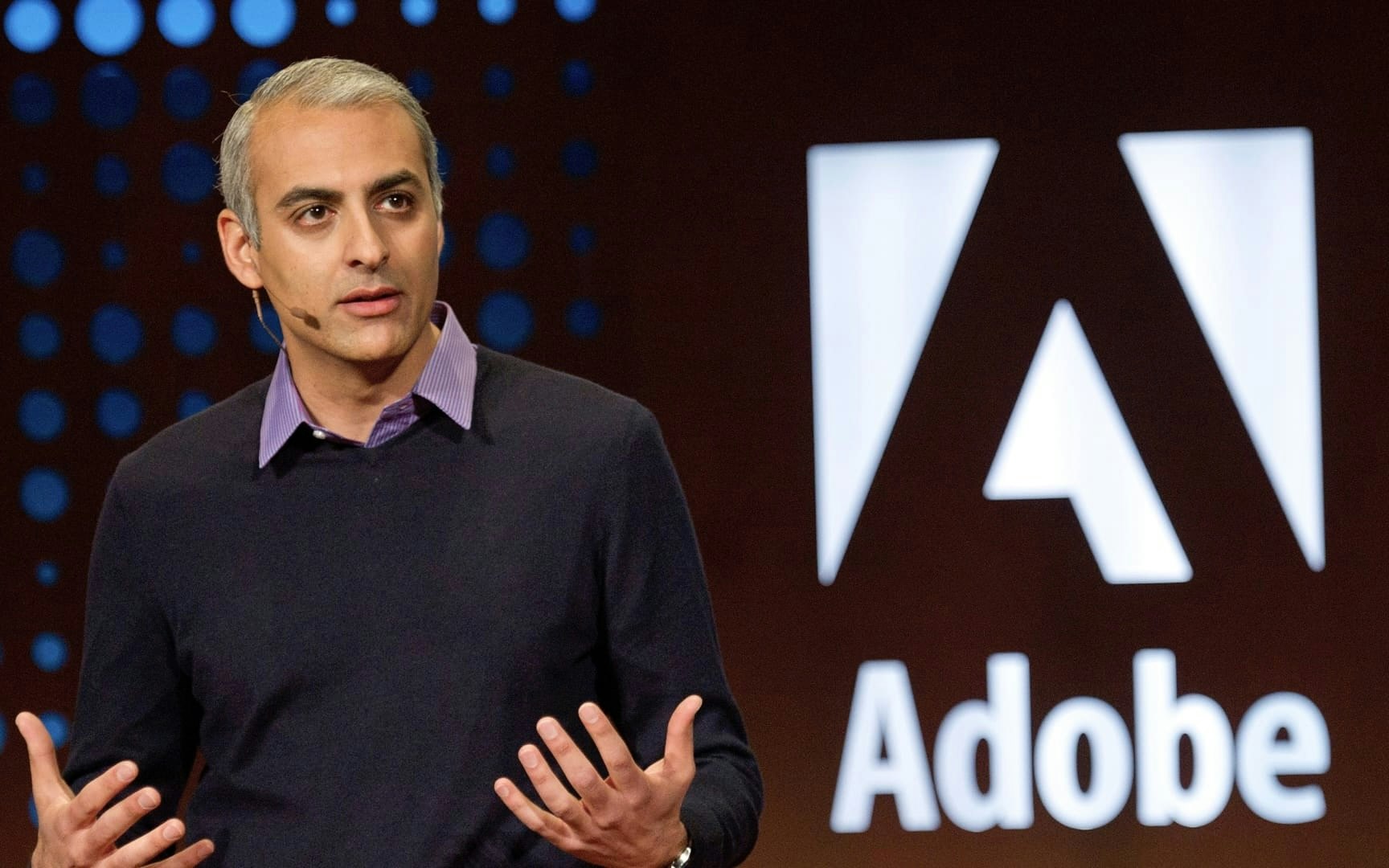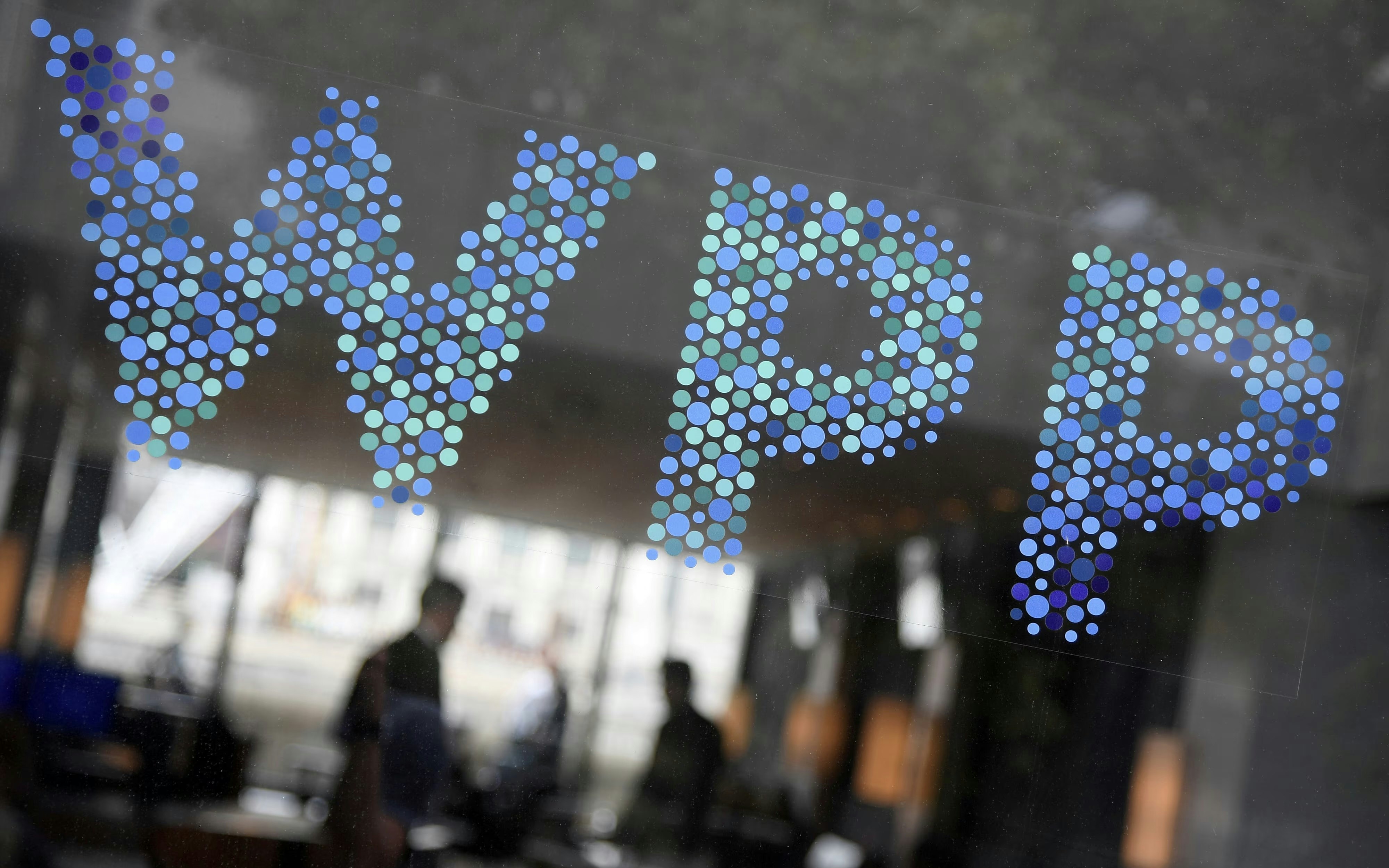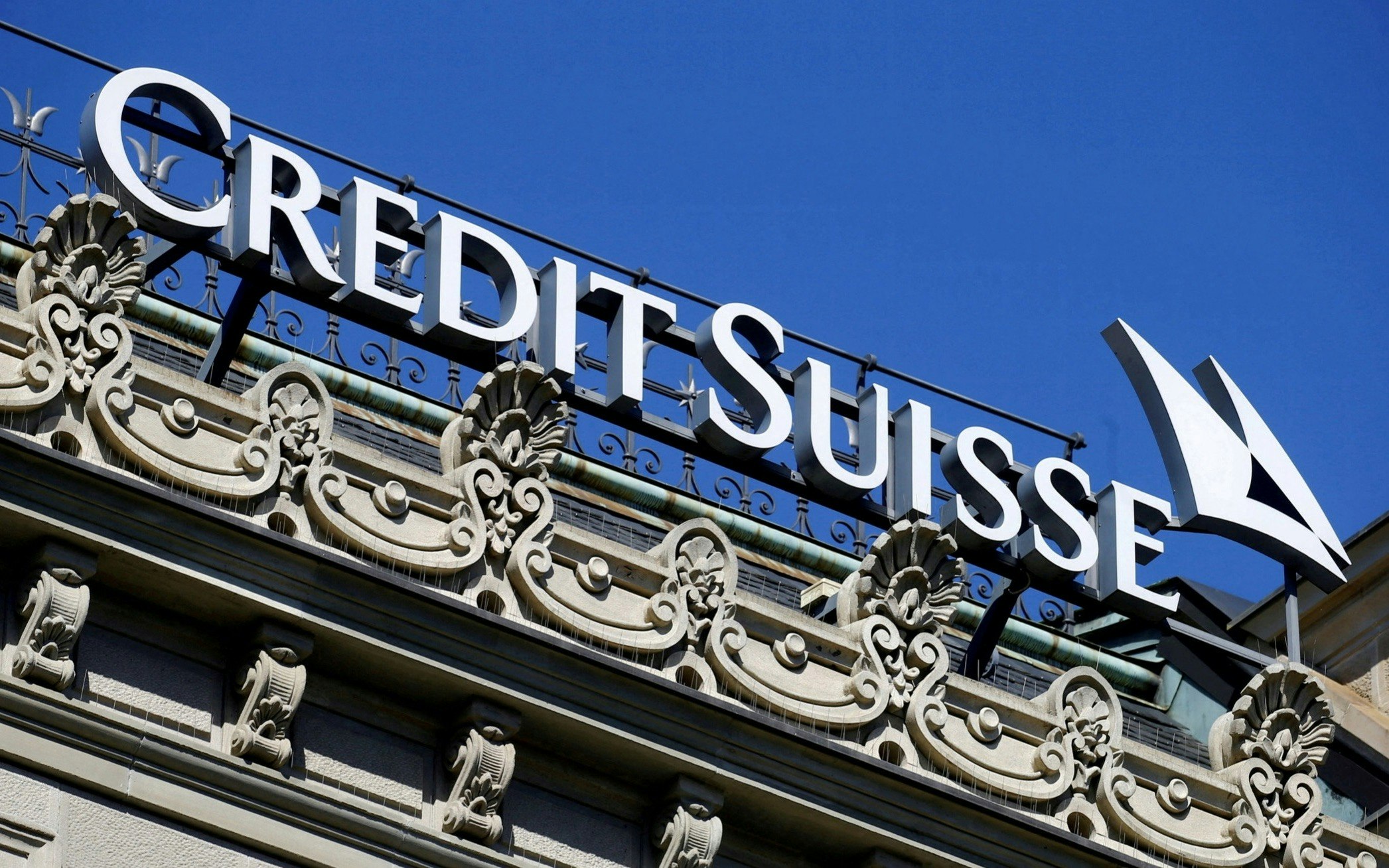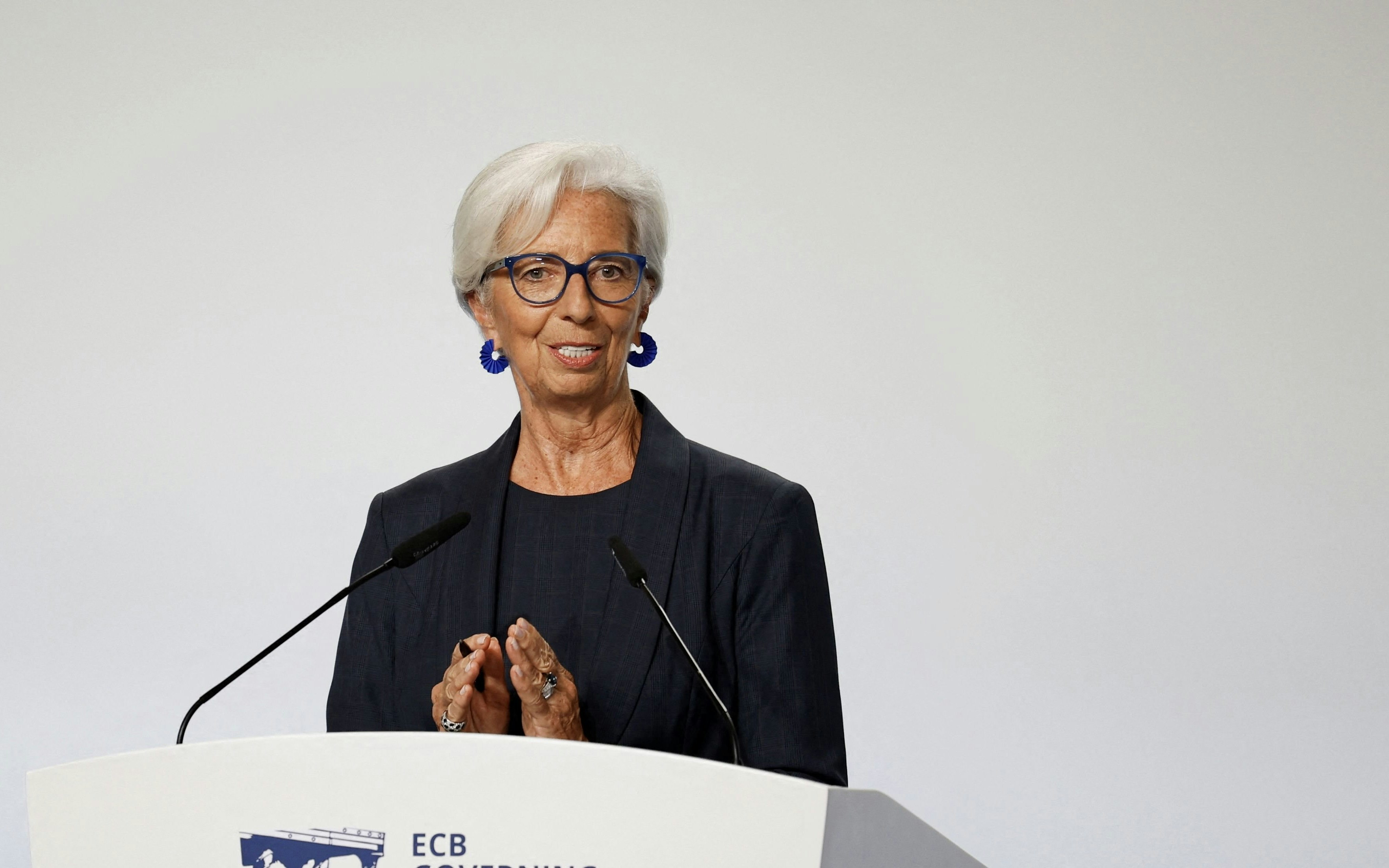The Threat Posed by OpenAI's New Video Creation Tool Sora to Adobe Is Overestimated, Yet the Rising Valuation Made Their Stocks Vulnerable. Creating Professional Images Is Harder Than It Seems. Causing Problems for the Photoshop Manufacturer Turns Out to Be Much Easier. Adobe's Rapid Adoption of Generative Artificial Intelligence Made It One of the Most Coveted Stocks Among Major Software Companies Last Year, Even Overtaking Microsoft, the Leading AI Player.
Yet, this image has recently taken a hit. The company's last earnings report in December included a forecast that disappointed investors due to a lack of perceived AI contributions to the company's growth prospects. And last month's announcement by OpenAI about a new text-to-video creation tool called Sora caused further concern. Adobe's shares have fallen by almost 10% since this announcement – more than twice the decline of the S&P 500 Software & Services Group over the same period.
Adobe's Decline Has a Familiar Ring. Adobe's stock spent the first few months of the past year on the sidelines, partly due to concerns about competitive threats from an earlier generation of AI imaging tools like Dall-E. However, Adobe's initial reveal of its own AI tool named Firefly in March of that year quickly corrected this perception. Adobe's stock price rose by 77% in 2023. The enthusiasm for Firefly even outweighed concerns regarding Adobe's forthcoming acquisition of Figma, which was abandoned in December due to regulatory authority resistance.
The Rollercoaster Ride of Adobe Stock Last Year is a Good Indicator of How Investors Try to Grapple with the Potentially Disruptive Effects of Generative AI – Sometimes Long Before These Impacts are Even Proven. Public Free Tools like Dall-E Enabled Users to Create Realistic Images of Far-Fetched Concepts but Also Tended to Errors Such as Rendering Limbs Backwards and Had Little to No Controls to Prevent the Use of Copyrighted Works. Such Tools Thus Have Limited Appeal for Professional Content Creators, Who Make Up the Bulk of Adobe’s Customer Base.
Sora is not yet publicly available. In its announcement, OpenAI acknowledged that "the current model has weaknesses," where it might be prone to errors, such as "simulating the physics of a complex scene inaccurately."
Adobe's Short-Term Risk Related to AI Is That Tools Like Firefly May Generate Significant Revenue More Slowly Than Most Investors Expect. The company's forecast for just 10% revenue growth for the current fiscal year was almost identical to what the company delivered last year, and thus fell flat with investors who had hoped for a bigger AI boost.
Adobe's President of Digital Media, David Wadhwani, said during the earnings call in December that the recent price changes for the company's products – including its AI tools – will become "more visible" in the company's numbers in the second half of the year and beyond. Adobe tends to be conservative with its forecasts and has exceeded the midpoint of its original annual revenue forecast in seven out of the last ten years, according to FactSet data.
This may still leave the question of AI contributions in Adobe's first quarterly report, which is expected next week, unanswered. However, the weakness in the stock in recent months offers a better starting point, as Adobe shares are now trading at a discount compared to future earnings compared to Microsoft. A large user conference called Adobe Summit, taking place later this month, could also help Adobe further convey its new AI message to its customer base, many of whom cannot afford to rely on free public tools that deliver unreliable results. Sometimes you really get what you pay for.







